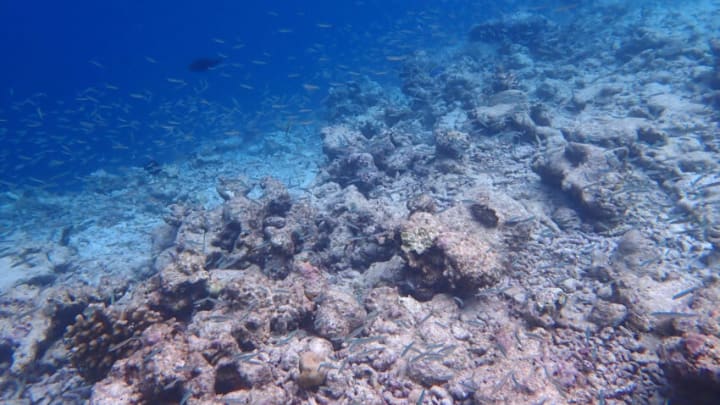When you pull up a snorkeling map of the Florida Keys, Sombrero Reef stands out and is hard to miss from land and water. It is, sadly, no longer a reef worth visiting.
Reefs will often go through cycles of change and rarely are those changes good. Once teeming with sealife, Sombrero Reef has changed over the years, and now, there is a lot of dead coral, and the sea life that once was a vibrant part of the reef is no longer there.
It is hard to miss the location of the reef. It lies under and around the Sombrero Lighthouse off of Marathon Key and is accessible only by boat. Recent comments regarding the reef have been mostly positive but I have been able to compare the reef to others in the area and visited Sombrero only two seasons ago. Perhaps the COVID shutdowns have kept visitors out of the ecosystem.
On my last visit in 2019, the reef surrounding the lighthouse was good but moving towards the lighthouse and the area immediately surrounding the light was void of any living coral and that was a letdown. Only a few years earlier I had been there when it was vibrant but you could see that areas were starting to regress.
Charter boats are available to take you to the area and they are not very expensive. It may be the last chance to visit a reef that at one time was one of the best in the area. However, if you have the time, Looe Key is still one of the top reefs in the entire Florida Key region. It is located further south just past Big Pine Key and Bahia Honda State Park but it is visually stunning and well worth the extra drive time if you are staying in Marathon.
While I wouldn’t say that Sombrero Key is no longer a viable option for snorkeling, I would say that there are now better options in the Keys to visit. Maybe time and change will do Sombrero Reef some good and hopefully, it will.
